It doesn’t take much effort to bake dog cookies yourself. These treats are quick to prepare and your dog will love them …
Dog cookies that are also very tasty for cats
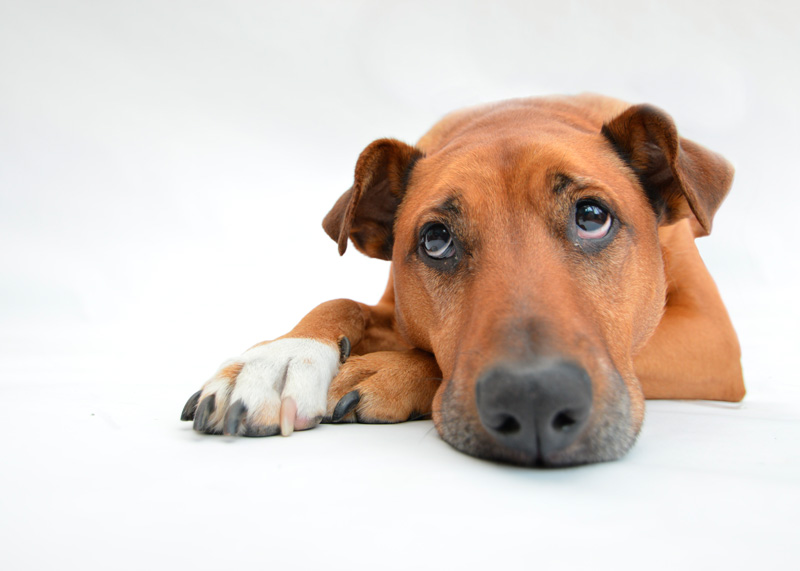
Ingredients:
- 200 g wholemeal spelt flour
- 50 g soft rolled oats
- 40 g grated cheese, e.g. Pecorino or Parmesan
- 50 g butter
- 1 tbsp olive oil
- 2 eggs
Preparation:
Mix the flour with the rolled oats and cheese. Mix the butter with the olive oil and eggs until creamy and then knead in the flour mixture until you have a smooth dough that is easy to roll out. Cut out shapes from the dough or simply cut diamonds. The pieces should be quite small for the cat, as the cookie is difficult to break into small pieces when baked. Bake in the oven at 180° for about 20 to 30 minutes.
- Leave the cookies to dry out well overnight and then store in a tin in a dry place.
- The recipe makes approx. 350 g of cookies.
- The cookies will keep for at least 8 weeks.
PS: The recipe is originally for dogs. Our cat Gisela reacted very passionately to the cookies and now always gets her own portion baked.

Dog cookies that are also very tasty for cats

Home-baked dog biscuit with quark and egg
Today I felt like baking some dog treats again. …

Dog biscuits with pumpkin
As summer slowly comes to an end, our dogs also start to crave autumnal treats.






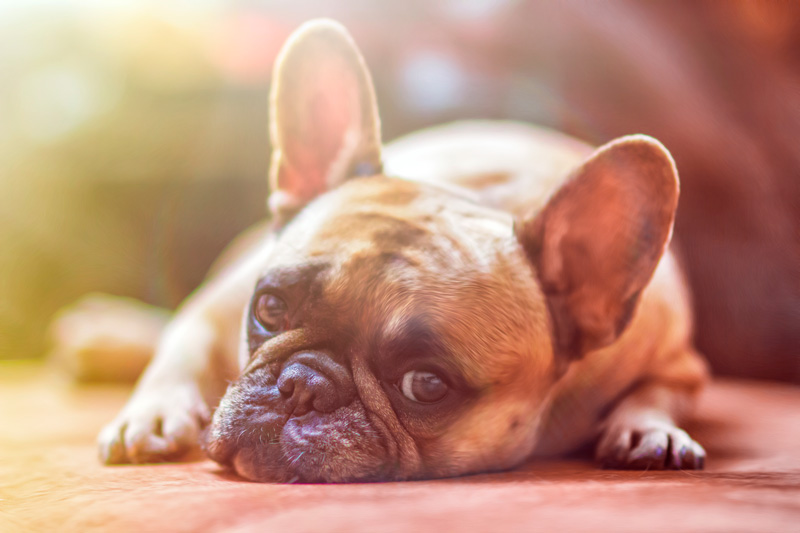

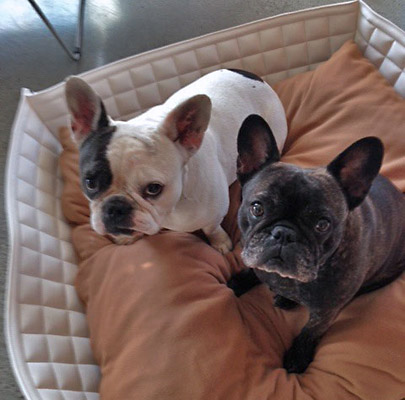
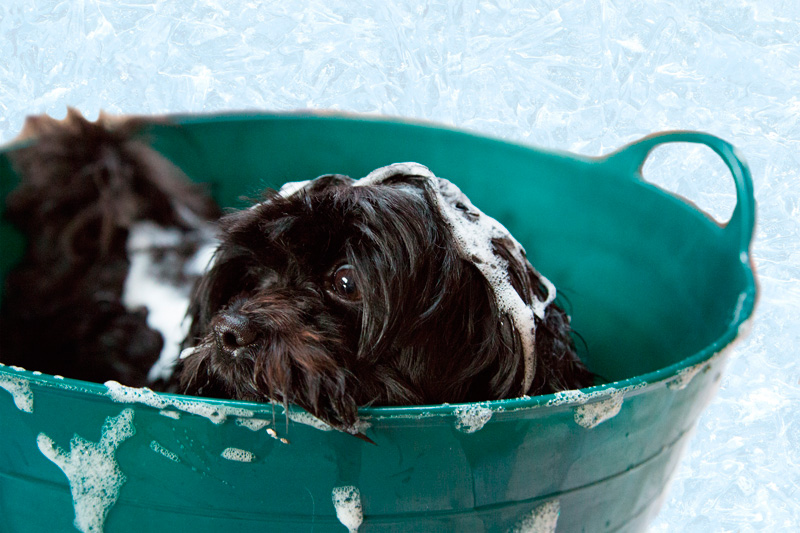
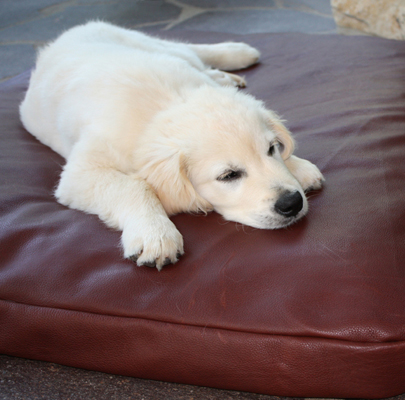

Recent Comments